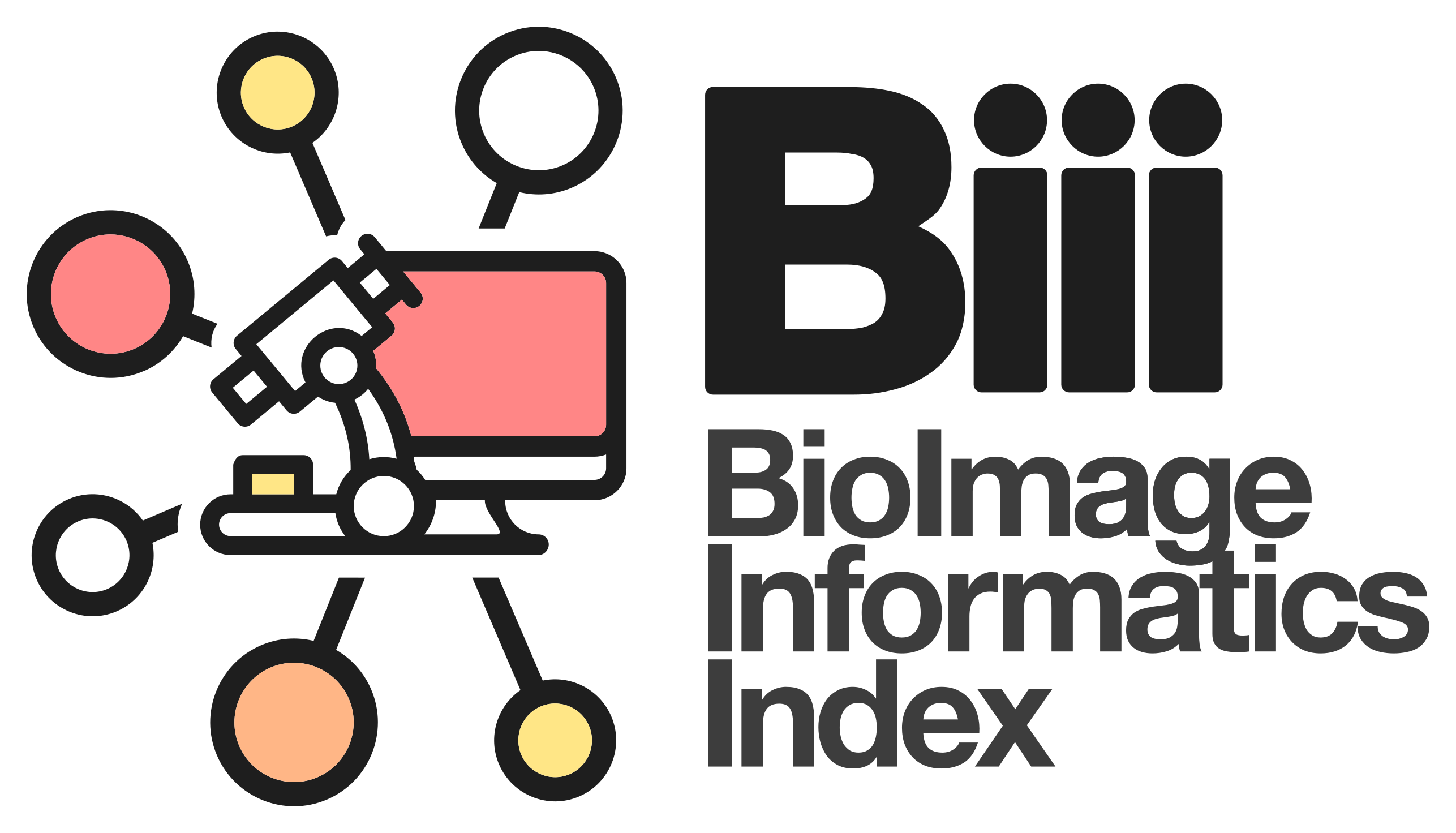2D and 3D tracking based on global cost function optimization
Type
Requires
Implementation Type
Programming Language
Supported image dimension
Interaction Level
License/Openness
Description
has function
has topic
has biological terms
Entry Curator
Post date
12/15/2014 - 12:19
Last modified
04/27/2023 - 17:15
